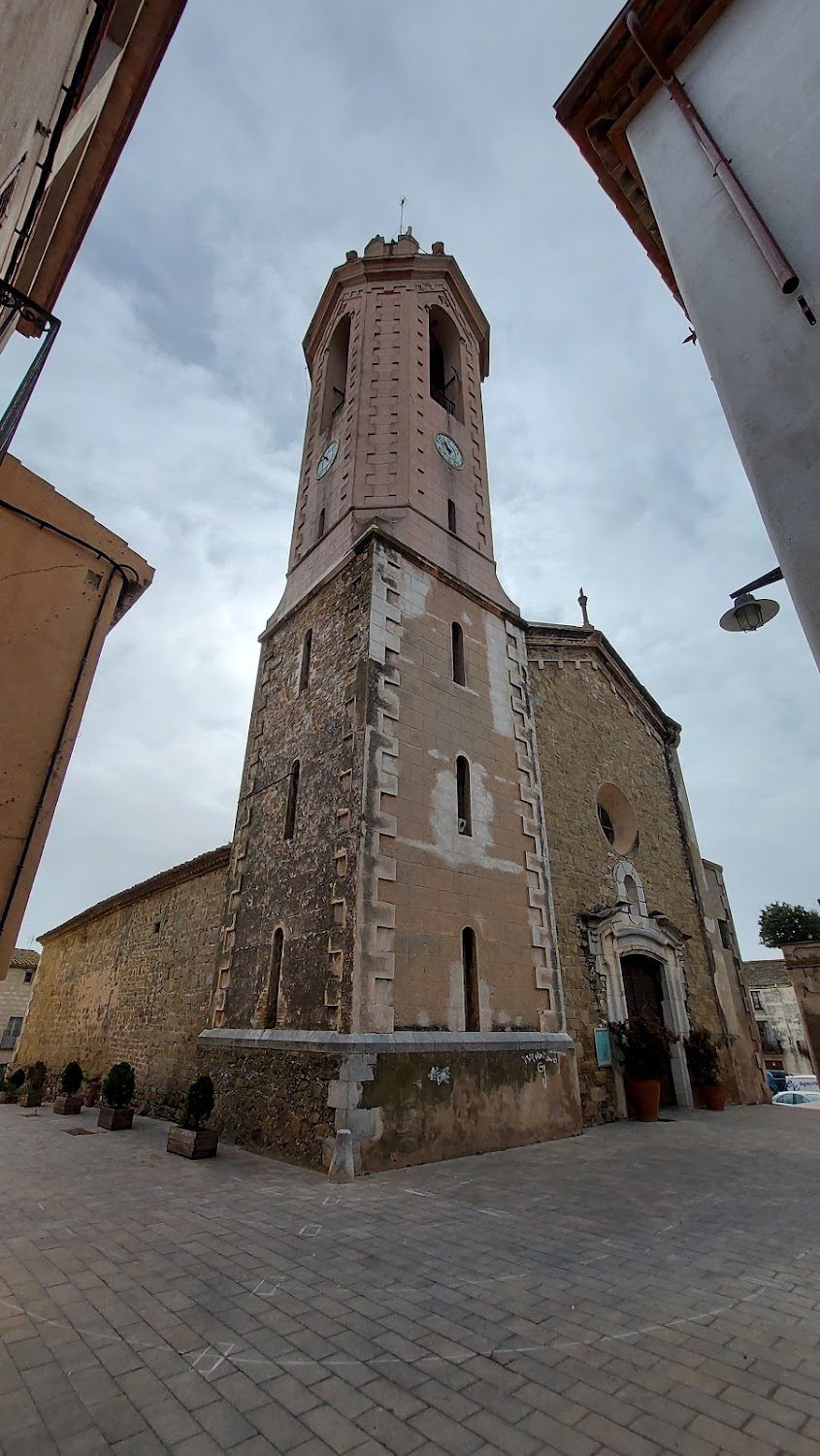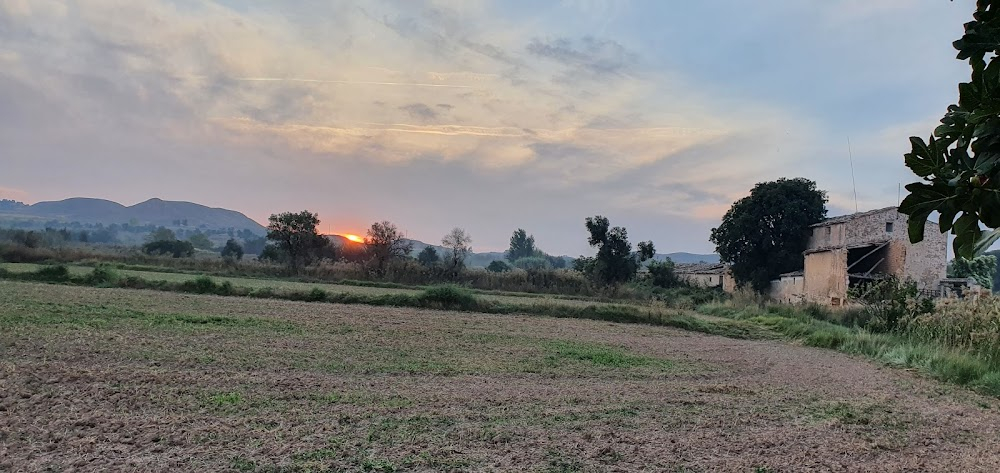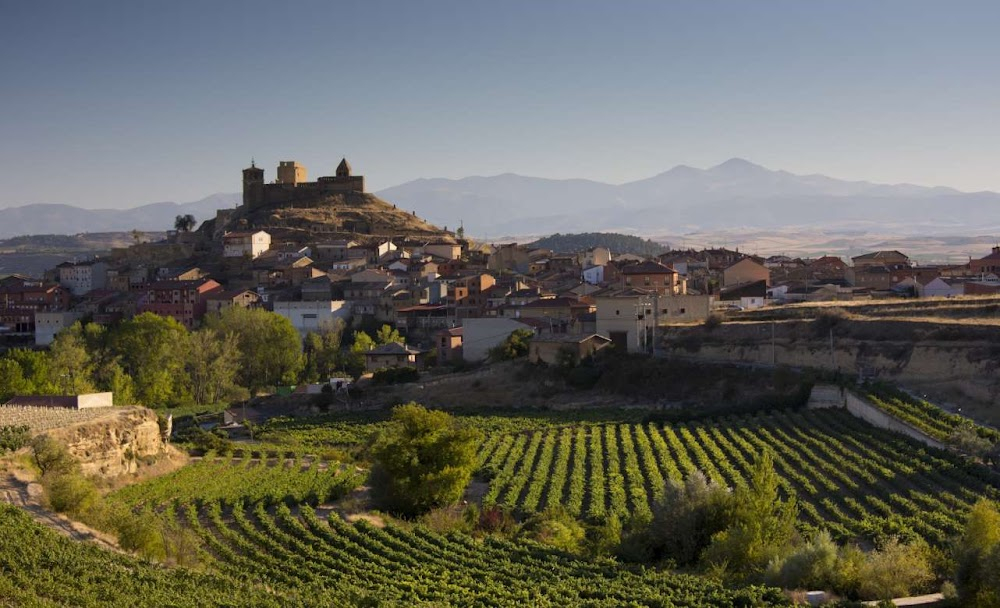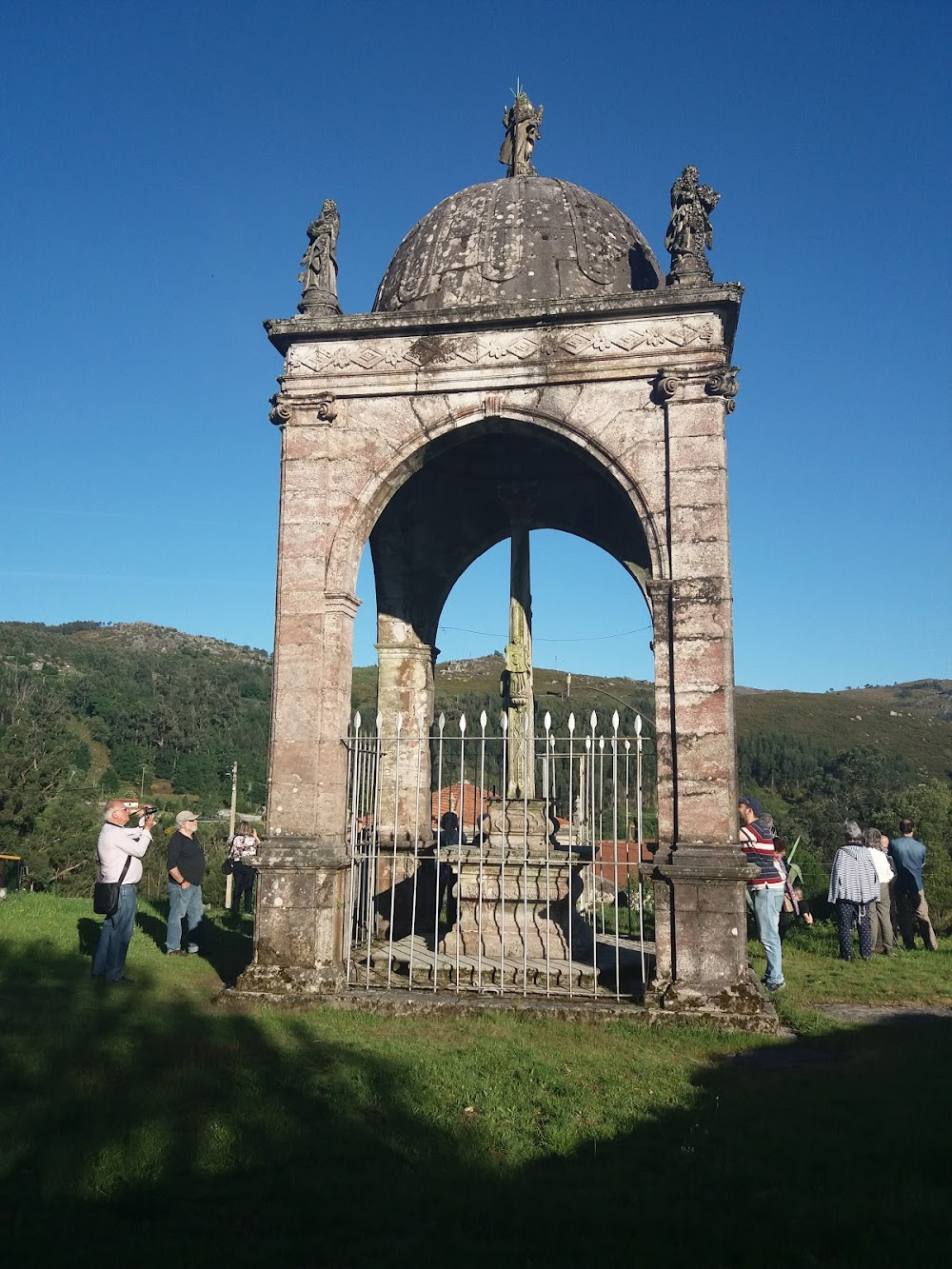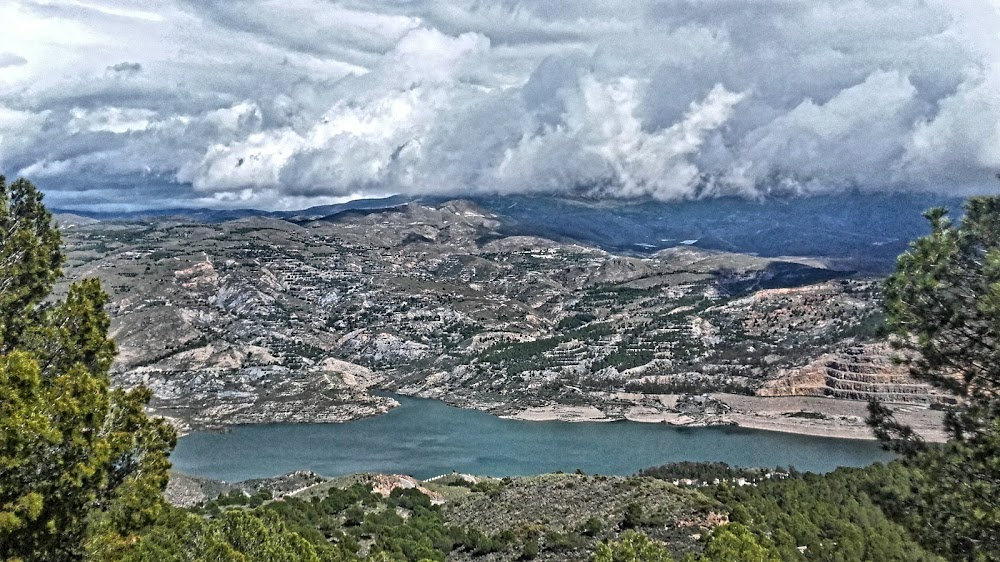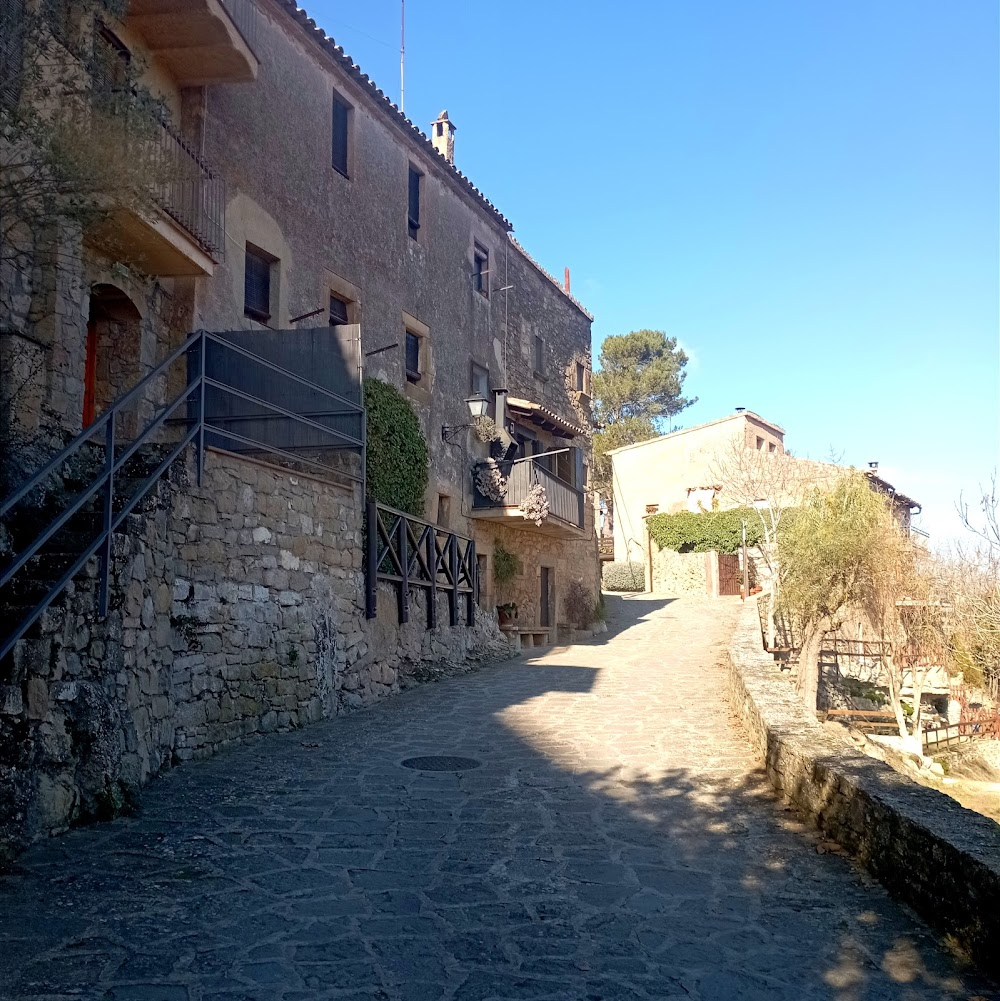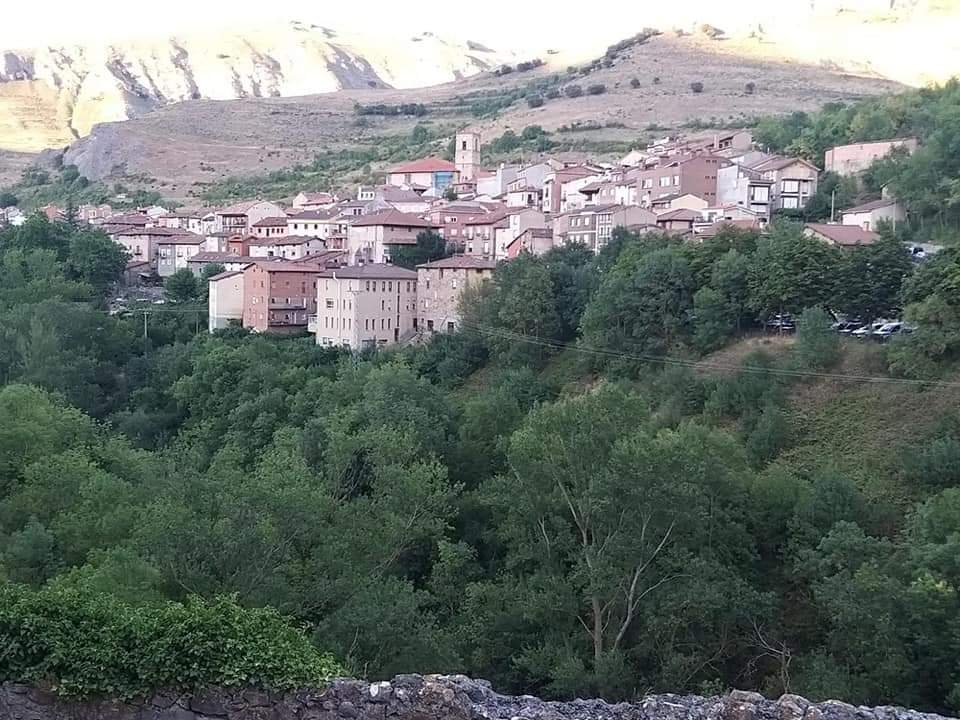Lejos de los árboles Filming Locations
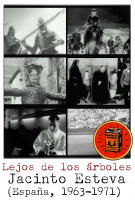
Where was Lejos de los árboles filmed? Lejos de los árboles was filmed in 19 locations across Spain in the following places:
Lejos de los árboles Filming Locations
Guadix is a city and municipality in southern Spain, in the province of Granada. The city lies at an altitude of 913 metres, in the centre of the Hoya of Guadix, a high plain at the northern foothills of the Sierra Nevada. It is located on the Linares Baeza–Almería railway.
Elche de la Sierra is a municipality in Albacete, Castile-La Mancha, Spain. This province belongs to the autonomous community of Castilla-La Mancha. It had a population of 3,943 at the beginning of 2010 as reported by the country's National Statistics Institute.
Verges is a municipality in the Province of Girona, Catalonia.
Granera is a municipality of the comarca of Moianès, in Catalonia. Until 24 May 2015 it was part of Vallès Oriental.
Sabadell is a city and municipality in Catalonia, Spain. It is in the south of the comarca of Vallès Occidental, where it is one of the two capitals, the other being Terrassa. It is located on the River Ripoll, 20 km north of Barcelona, 190 m above sea level.
Casabermeja is a town and municipality in the province of Málaga, part of the autonomous community of Andalusia in southern Spain. The municipality is situated approximately 20 kilometres from the provincial capital, the city of Malaga.
San Vicente de la Sonsierra is a village in the province and autonomous community of La Rioja, Spain. The municipality covers an area of 48.56 square kilometres and as of 2011 had a population of 1132 people.
Turón is a municipality in the province of Granada, Spain. As of 2010, it has a population of 297 inhabitants.
Talamanca is a village in the province of Barcelona and autonomous community of Catalonia, Spain. The municipality covers an area of 29.49 square kilometres and the population in 2014 was 141.
Almonte is a town and municipality located in the province of Huelva, in southwestern Spain. According to the 2022 census, it had a population of 25,448 inhabitants, ranking third within its province, just after Huelva, the capital city and Lepe.
Anguiano is a small town in the province of La Rioja, Spain. It is located near Nájera and has a population of about 546 people. Anguiano is famous for its caparrones, red beans that are usually eaten in a stew with chorizo, and a yearly festival is held honoring these beans.
Dénia is a port city on the Mediterranean coast of eastern Spain. The walls of Dénia Castle dominate a hilltop by the marina. Its ruins also host the Archaeological Museum, with Roman artifacts found nearby. The Toy Museum explores Dénia’s rich toy-making heritage. The Ethnological Museum, in a 19th-century townhouse, has displays on local life. Nearby are the baroque Assumption Church and the arcaded City Hall.
Haro is a town and municipality in the northwest of La Rioja province in northern Spain. It produces red wine, and hosts the annual Haro Wine Festival.
Jerez de la Frontera, usually called Jerez, is a city in southern Spain's Andalusia region. Its old quarter surrounds the Alcázar de Jerez, a Moorish fortress founded in the 11th century. The Royal Andalusian School of Equestrian Art is a famed riding school with horse shows and a carriage museum. The city is also known for flamenco music and sherry production in the so-called Sherry Triangle lying to the west.
Marín is a town and municipality in Galicia, Spain in the province of Pontevedra. It is located on the southern shore of the ria of Pontevedra, in the comarca of O Morrazo. This town is home to the Escuela Naval Militar de Oficiales.
Ávila, capital of the Spanish province of the same name, is a city in the rolling hill country northwest of Madrid. It’s best known for its intact medieval city walls, with 80-plus crenelated, semicircular towers and 9 gates, including the arched El Alcázar, on the eastern side. Long sections atop the walls are walkable. At night, the lighted walls are a distinctive sight.
Lejos de los árboles (1972)
A compilation, in the form of a black and white documentary, of very diverse aspects of Spanish regional folklore, formed by peculiar customs of a still underdeveloped and primitive Spain and in which many of these rituals are related to death.


